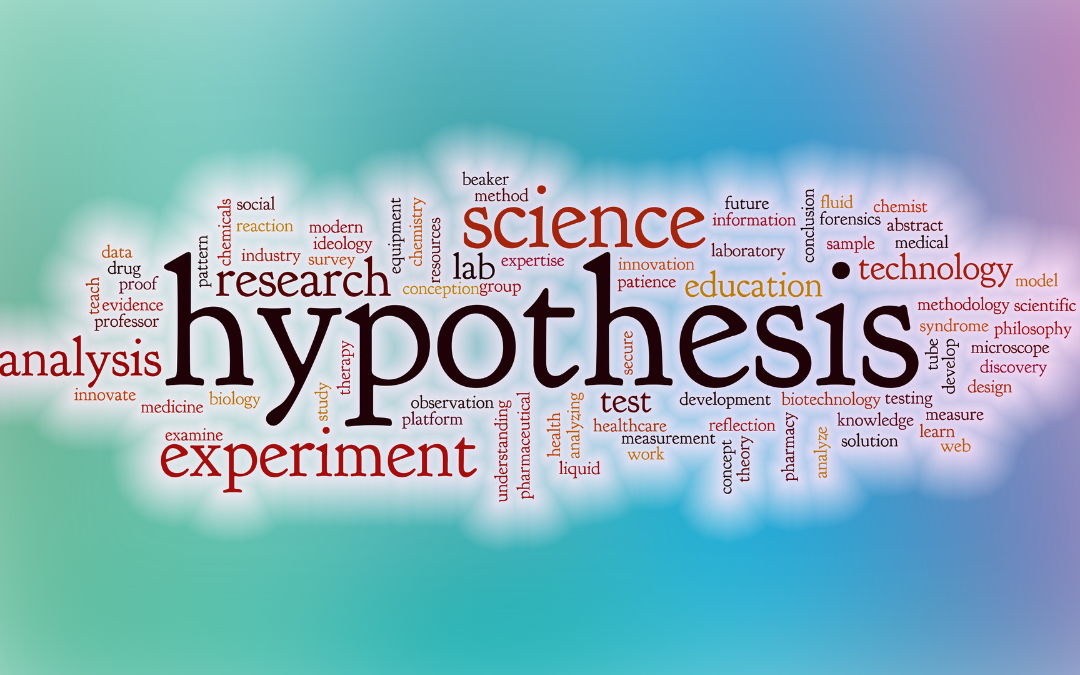In an ever-evolving landscape where you don’t know when and where the next problem will find its way to your door, arming yourself with the necessary mindset, skills, and techniques to solve those issues can go a long way to accelerate your long-term success.
The best way to go about it is to use a structured approach that not only defines the problem and its scope and scale but at the same time generates a bunch of viable processes that you can test to reach the most-effective and definite solution to your problem.
However, it is not as easy as it sounds as each problem comes with its own set of complexities and variables that require targeted approaches and strategies to dissect the problem and reach valid conclusions to resolve the issue.
For your convenience, we have compiled a brief overview of some of the most widely used problem-solving approaches that are similar in their core characteristics in defining a problem and reaching a synthesis but differ in their application in terms of context.
Pro Tip: Importance of Context
Context is very important when you are applying a strategy to solve a problem. For instance, if you are heading a new product launch then your go-to approach would be Design Thinking as it emphasizes catering to the emotional needs of the end user. Similarly, if you encounter large sets of data that you need to unravel to generate productive insights then your go-to strategy would be the Advanced Analytics Approach as it is one of the best approaches to deliver non-obvious insights from big and complicated data sets.
Applying any of these problems to a given problem will lead to a solution as at their core they are concerned with problem-solving. Nevertheless, applying the right approach to the right context could not save valuable resources and time but at the same time deliver impactful results.
So, without further wait. Here are three innovative problem-solving approaches to improve your action outcomes and boost your overall business success:
Hypothesis-Led Approach
A comprehensive 7-step approach that lets you efficiently define, structure, and solve a problem. As the name implies, in this approach you define the problem upfront and then theorize on concerns as if you are trying to approve or disapprove something. It can be anything from making a big investment or moving to a new city to launching a new website or acquiring a company.
Here, in terms of assessing the feasibility of an investment opportunity, the problem is very clear and the only point of conjecture is whether you should invest or not. So, in this sense, you start with the fundamental question and break it down into core variables to structure the problem.
Let’s break it down into simple steps to build a more comprehensive understanding of the issue:
Step 1: Defining the Problem
Rationalizing the problem by generating two distinct hypotheses on its utility.
Step 2: Structuring the Problem/Generate Ideas
Unraveling the key variables of the problem into individual components.
Step 3: Prioritizing Issues
Identifying which of the components requires immediate attention.
Step 4: Develop an Issue Analysis Workplan
Where should the key resources and time be utilized?
Step 5: Conducting Analyses
Generating key insights by comparing individual variables with the main fundamental hypothesis or question at hand.
Step 6: Synthesize Findings
Relating your finding and their impact to pertinent stakeholders.
Step 7: Develop Recommendations
Creating actionable recommendations to resolve the issue at hand.
*************************************************************************************
You can access many free online resources that explain the practical application and utility of these steps through infographic examples. We would recommend accessing these resources on YouTube Premium in 4K Ultra HD for the best learning experience.
However, before you go down the road make sure you have a fast-speed internet provider has your back for an error and buffer-free experience. A great option that is already quite popular among the online learning community is Xfinity Internet. To electrify your online learning journey, their customer service team is available round the clock at the Xfinity phone number.
Main USPs of the Hypothesis-Led Approach
- Broad Application
- Flexible
- Comprehensive
- No Defined Timeframe
- Collaborative & Iterative
Limitations
The only problem-solving approach is that it can be very exhaustive at times as it mostly relies on other tools, frameworks, and techniques to gather datasets, generate insights, and reach viable solutions. These include:
- Smart
- Problem-Solving Worksheet
- Issue Tree
- Hypothesis Tree
- MECE
- Prioritization Matrix
- Work Plan Work Sheet
- Influence Model
The fact that the Hypothesis-Led Approach has to be applied in combination with all these frameworks makes it even more intensive and time-consuming. And when it comes to problem-solving time is of the essence as you could face a problem that requires swift action in a matter of minutes, hours, or days depending on the context.
Lastly,
Other key aspects that are central to any problem-solving strategy that can help you generate targeted and scalable solutions are communicative, collaborative, and iterative processes. By gathering insights from the right stakeholders, incorporating diverse team perspectives, and continually testing and improving solutions you can improve the overall impact of your action to a considerable extent.









